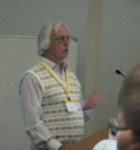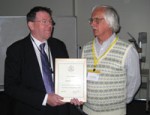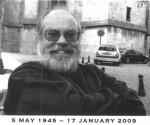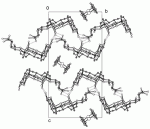The 25th European Crystallographic Meeting was held in the Harbiye Museum and Cultural Centre in the beautiful city of Istanbul. It was a very eventful week, and contributions to the conference made by Chem. Cryst. include:
N. David Brown, James Haestier, Mustapha Sadki, Amber L. Thompson & David J. Watkin
A Further Improved Structure Matching … Read the rest




